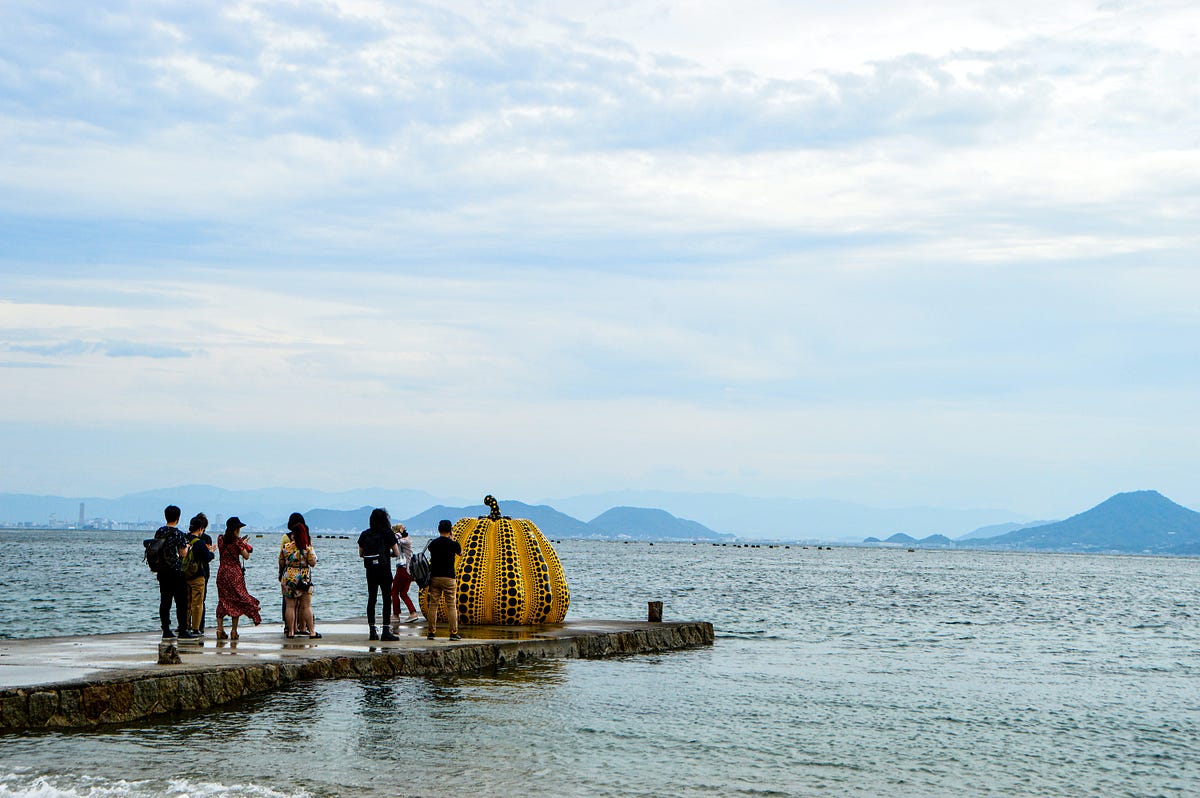- Prosperaptitude
- Posts
- Creation and Consumption in Modern Media
Creation and Consumption in Modern Media
Are you the cook or the patron?
Welcome back to Prosperaptitude. If you’ve ever wanted to become a better version of yourself, you’re in the right place!
Creation and Consumption in Modern Media
With so much media swirling around us, it can be difficult to do more than just consume. Music, video, and text are constant sources of information that we may or may not need. However, there are those who are creators. These are the people who create the music, videos, texts, and other products that consumers take in. Neither exists in a vacuum- creators still consume, but not all consumers create. Let’s explore the benefits and shortcomings of both.

The creator mindset is characterized by a focus on producing, innovating, and bringing new ideas or products into the marketplace. Individuals with this mindset tend to be proactive, taking the initiative to develop solutions or express themselves through various mediums. They often find fulfillment in the act of creation itself and may derive satisfaction from seeing their work impact others. However, this mindset can lead to burnout from constant pressure to generate novel ideas, and creators may struggle with perfectionism or fear of criticism. While I do not suffer from perfectionism, I have personally felt the effects of burnout while creating and managing two YouTube channels and writing this newsletter. Pacing and scheduling are absolute requirements to thwart burnout.
Conversely, the consumer mindset revolves around the utilization, appreciation, and experience of others' creations. This approach enables individuals to benefit from a wide spectrum of innovations and cultural offerings without the attendant stress of production. Discerning consumers can play a crucial role as critics, helping to shape markets and influence future creative endeavors. Nevertheless, an excessively passive consumer mindset may result in stunted personal growth or limited societal contribution. Moreover, unchecked consumption can lead to financial strain and environmental degradation.

John Spencer, an author and educator, identified a progression that students often go through as they shift from being consumers of media to creators of media. It begins with awareness, where students are passively exposed to a new style or form of media, gradually developing an interest in it. Remember the resurgence of vinyl? It was a media that was not initially available to the younger generation until someone stumbled upon it. The interest in vinyl led to active consuming, where students actively seek out and consume more of the media they are interested in.

As students become experts in the media they are consuming, they enter the critical consuming stage. Here, they can distinguish between good and poor work. Their taste becomes more refined. The next step is copying, where students start replicating examples of the media they have been consuming.
After copying examples, students move on to modifying and mashing up the media they have been consuming. This is followed by remixing, where students create something new by combining elements from the media they have been consuming. Finally, students reach the creating stage, where they create something completely new and original in the style of media they have been consuming.
It's important to note that these stages are not always linear or lockstep. Some students may go through multiple stages simultaneously, while others may skip certain stages. The key takeaway is that students need time and opportunities to consume critically and walk through these phases at their own pace in order to become creators themselves.

Both the creator and consumer mindsets have their place in a balanced life and society. The ideal may be to cultivate a blend of both, creating in areas of passion while appreciating and learning from the work of others in different domains. This balance can lead to a rich, fulfilling life that both contributes to and benefits from the broader cultural and economic ecosystem.
The writer has two graduate degrees and a yellow belt with Lean Six Sigma.
Please visit our sponsors:
References:


Reply